- Adaptive Buildings
- Corporate Climate Action
- Energy Demand
- Energy Supply
- Planning & Policy
- Resilient Communities
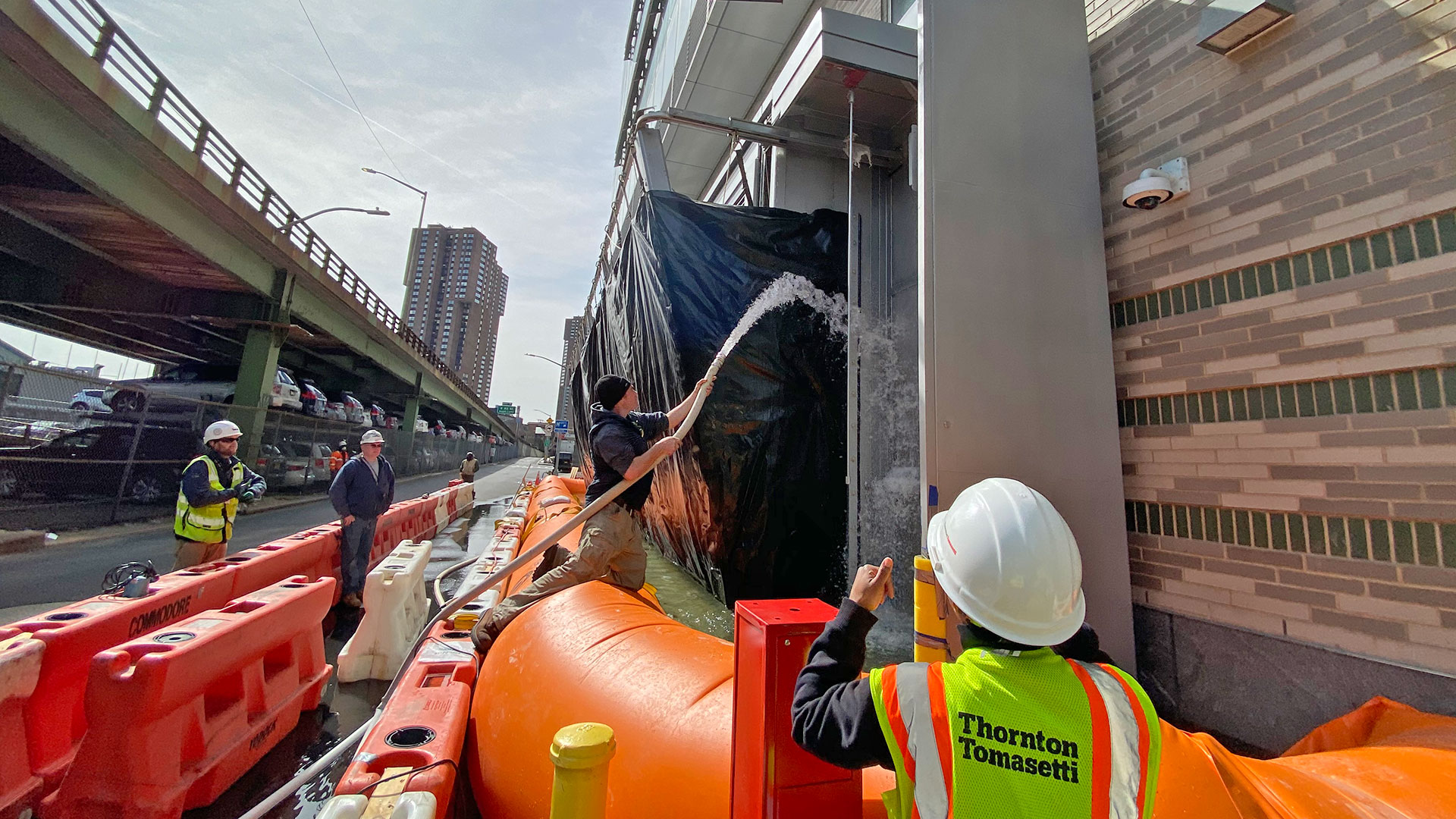
We provided flood mitigation, engineering design and construction administration services for the NYU Langone School of Medicine, a critical piece of the larger campus flood protection strategy that required close collaboration with Ennead Architects, JBB and Langan.
When embarking on the design for an existing building retrofit or a new build, it is important to understand what climate hazards the project may be exposed to and how those hazards may change over the lifespan of the building. We know that building codes do not take future weather into account, and we have the ability, through climate science and data, to recommend enhanced design criteria for all project components based on their useful life. This enables us to take a performance-based design approach rather than a prescriptive code-based approach so that a building may recover more quickly following an extreme hazardous event.
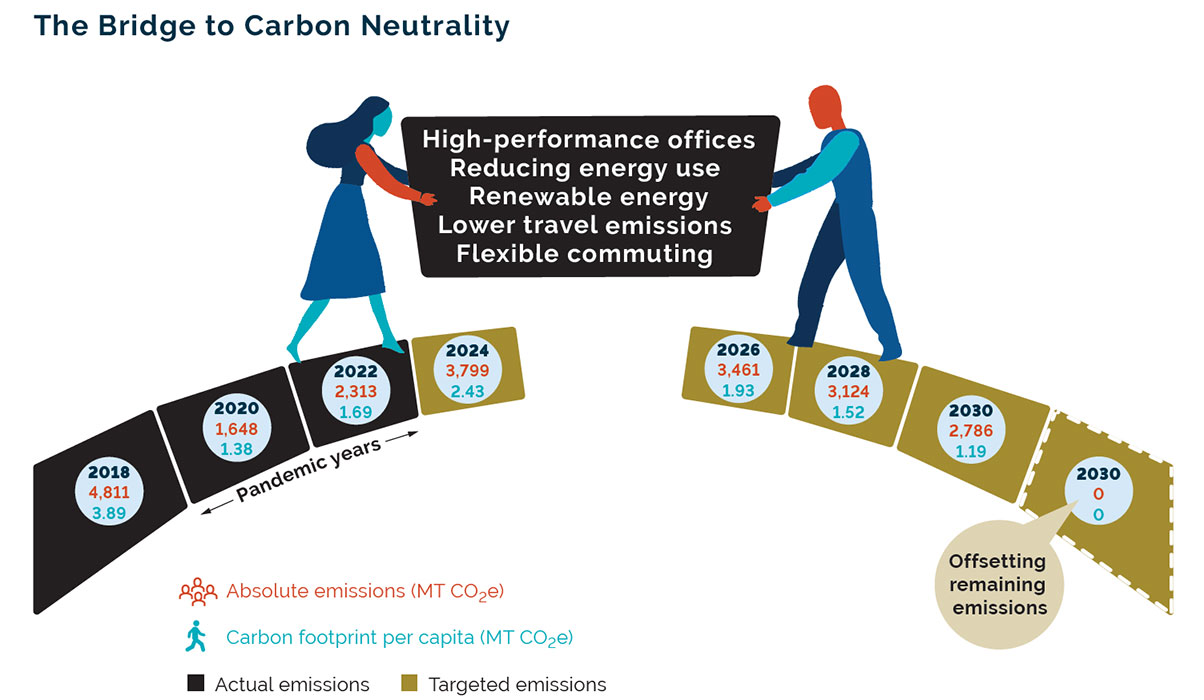
"We aspire to be one of the most sustainable firms, both in the way we design our projects and in how we operate as a responsible business."
We introduced this message soon after we acquired a sustainability practice in 2012. As we’ve grown over the years, our core ideology and envisioned future have supported this objective. These are not empty words, or “greenwashing” - we back it up with shared values and with action. Our corporate environmental statement outlines how we are making lasting contributions to the environment and our industry.
Thought Leadership
Related Information
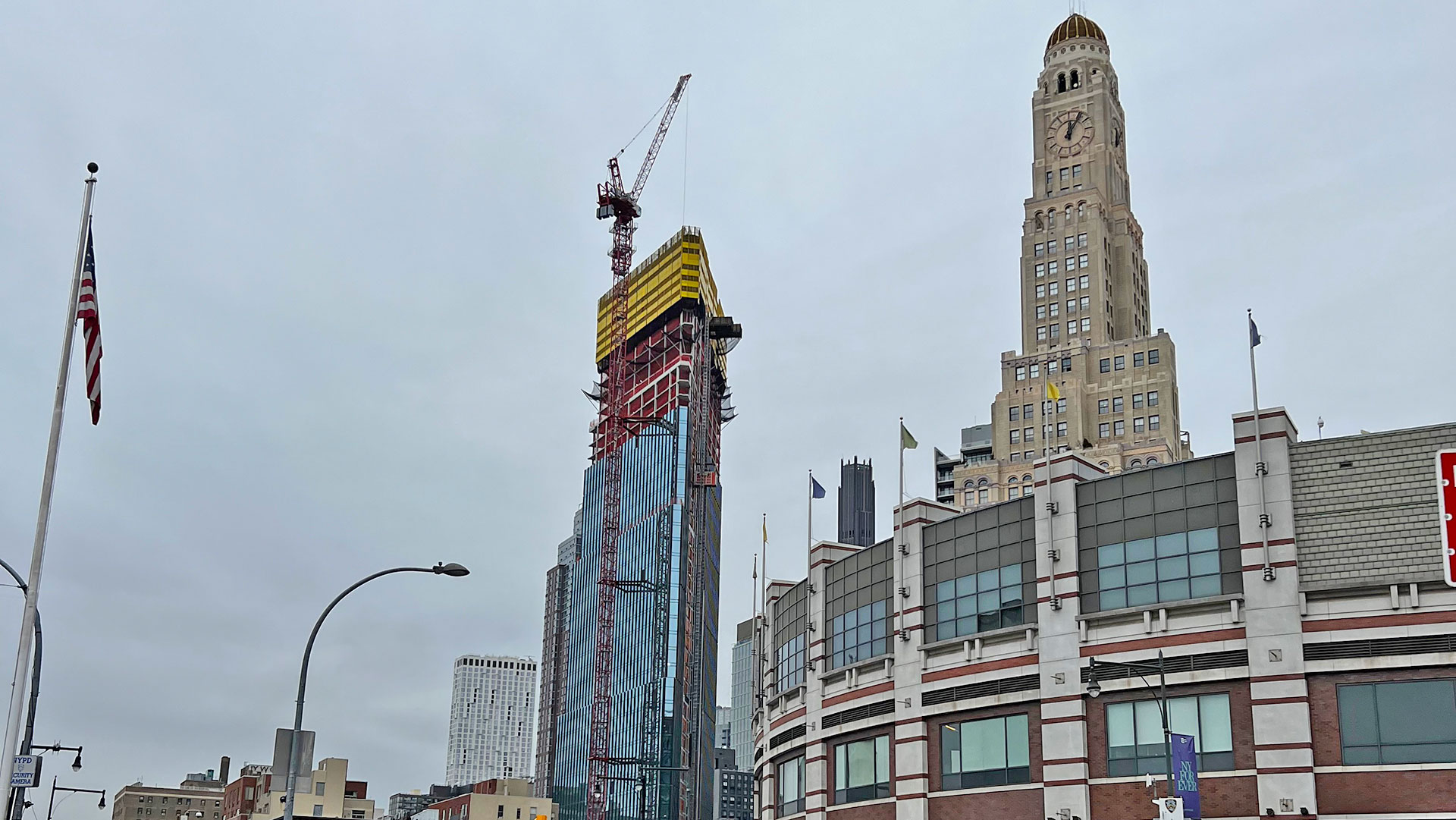
505 State Street in Brooklyn, the borough's first all-electrical building.
Our structures and systems are designed with a holistic approach, focusing on both operational and embodied carbon throughout their lifecycle. For high-performance façades and comprehensive energy modeling, we promote the adoption of innovative systems that maximize sustainable energy use. We responsibly retrofit centuries-old buildings and bridges. Additionally, we contribute to decarbonizing transportation by participating in the development of the Hyperloop system and supporting the safe expansion of electric and hydrogen vehicles.
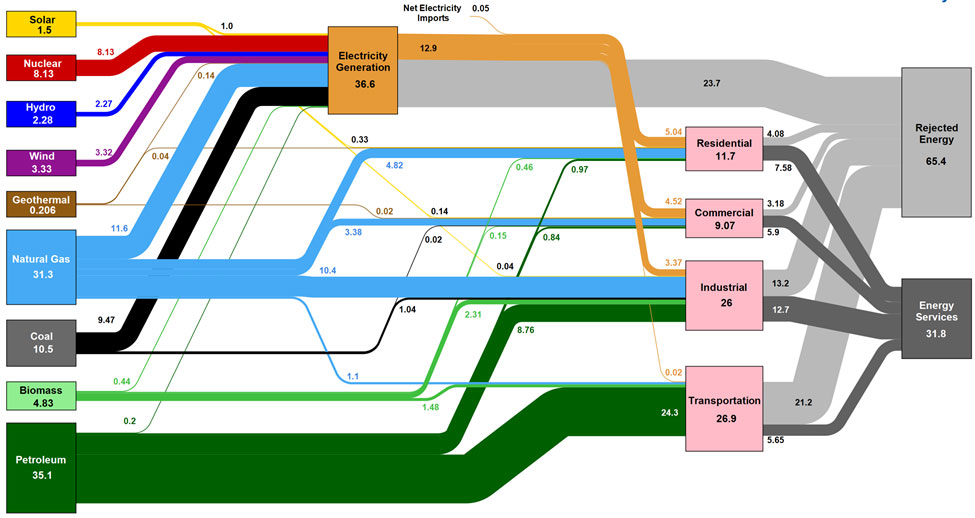
2021 US Energy Flow; 97.3 Quads (1.055 × 1018 Joules); LLNL
Energy supply consists of all the primary energy sources used in power generation as well as direct fuel production. Increasing the share of renewables – a defining feature of the energy transition – and particularly wind and solar in the energy mix is an effective method of reducing the emissions. This is due to the inherently clean nature of these sources, but also their high efficiency. Steam methane reforming coupled with carbon capture, utilization and storage (CCUS) can be used to produce ‘blue’ hydrogen. The final critical element of the energy transition is contribution of the nuclear energy and specifically development and use of small and micro-modular reactors (SMR and MMR).
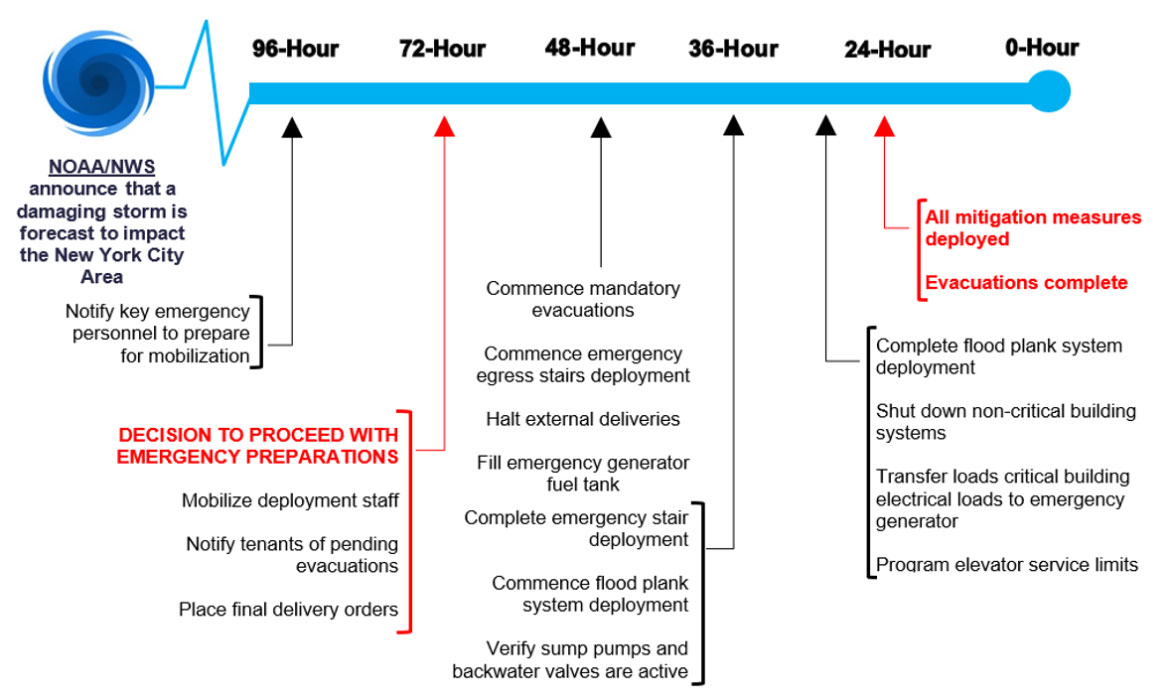
Emergency action plan (EAP) timeline.
Our resilience approach also applies to portfolio planning and policy development. Similar to the master planning toolkit, resilient and sustainable frameworks provide our clients with an actionable road map to improve their assets over time. And through our culture of constant learning and innovation, we are in an optimal position to help governments develop climate action policies with an eye towards the future.
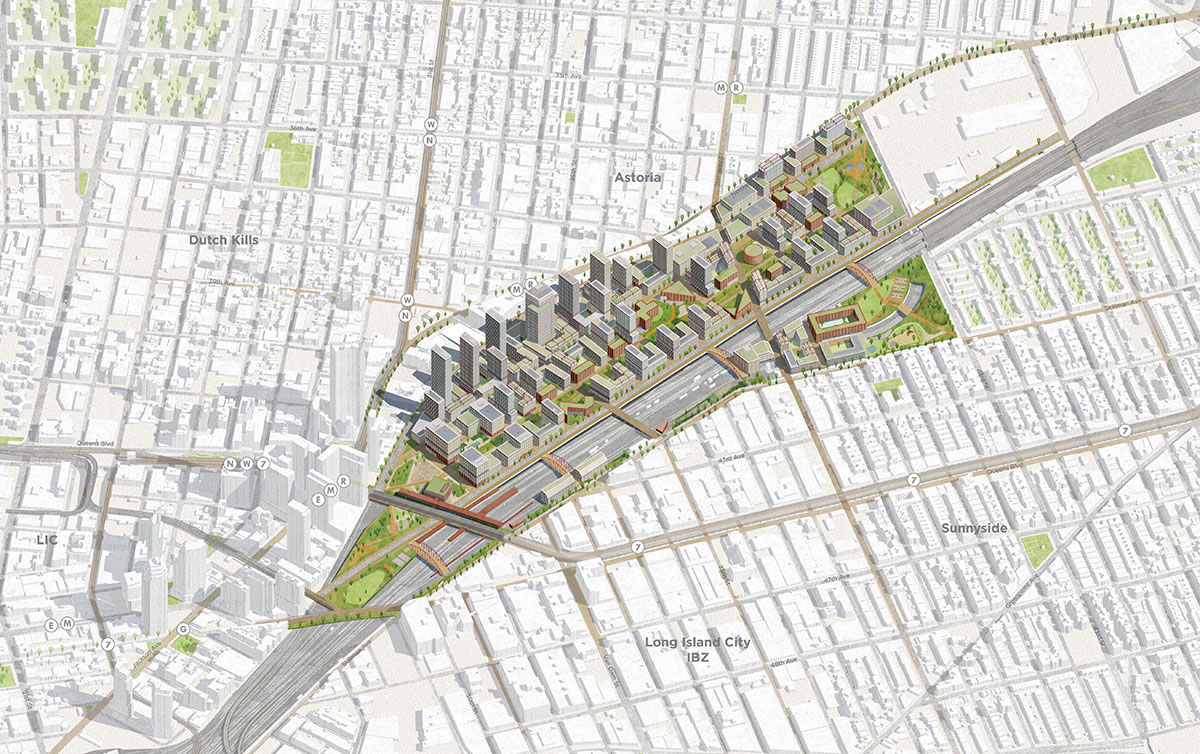
Sunnyside Yard Master Plan in New York. Courtesy PAU.
Our resilience expertise is easily scalable to a neighborhood, campus, or municipality. When it comes to master planning, our technical expertise enables us to enhance the planner’s vision by providing actionable solutions for future-proof development. We do this by expanding our climate risk and resilience assessment process to identify strategies that minimize the potential adverse impacts of future climate change to people, assets, and area-wide disruptions. We incorporate innovative technologies and “smart city” concepts into a resilience toolkit that provides rules for future development based on different typologies.